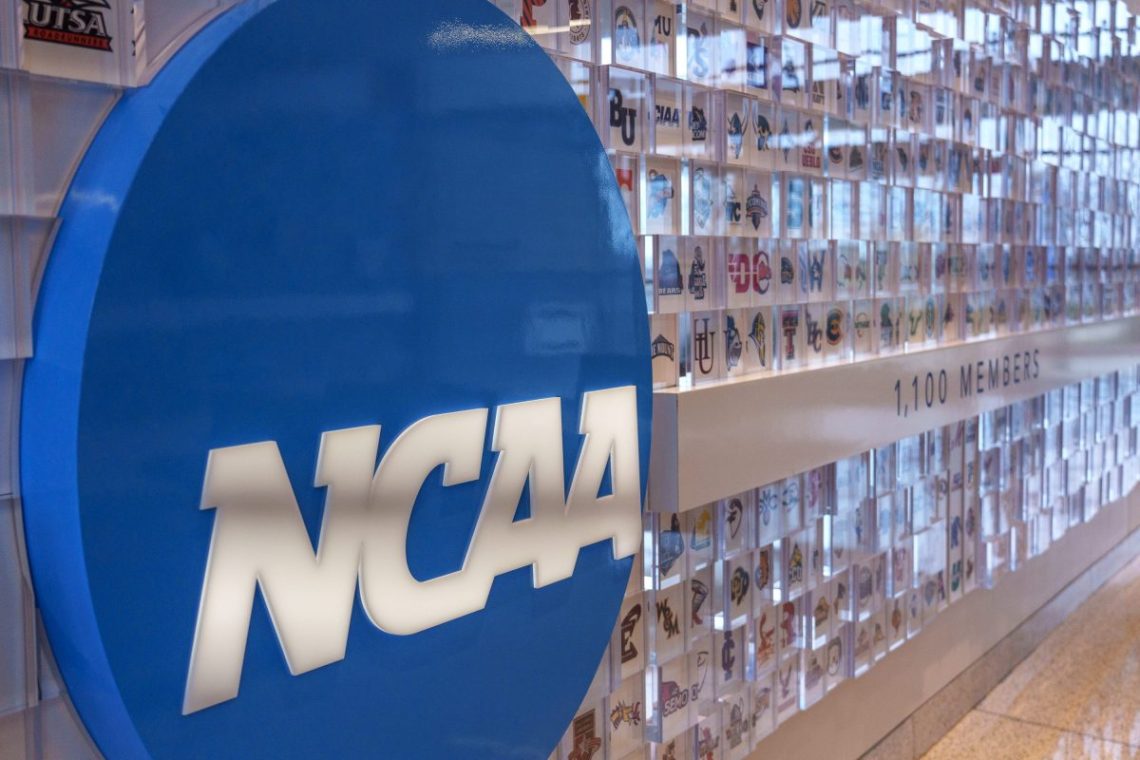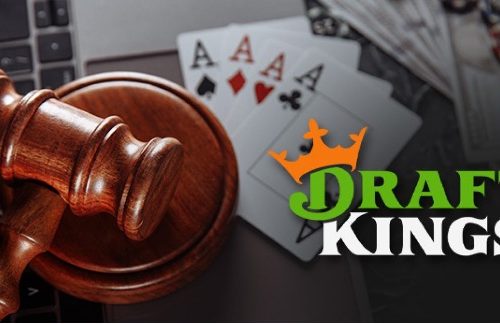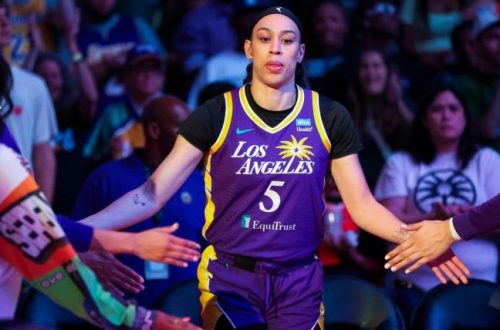By: Joe Ceccarelli
The House v. NCAA saga appears to be reaching a conclusion.
House, a class-action antitrust suit against the NCAA and its conferences, is the most prominent case among a recent wave of litigation raised by former student-athletes who were denied NIL compensation before current NIL rules were implemented.[1] A settlement was preliminarily approved on October 7, 2024.[2] Months of lengthy negotiations saw the defendants concede to pay damages to former student-athletes, create a revenue-sharing model for current and future student-athletes, abolish scholarship limits, and increase roster sizes in certain sports.[3] The settlement, whose provisions will take effect during the 2025-2026 school year,[4] will also make NCAA member institutions eligible to enter into NIL agreements with student-athletes.[5] A number of smaller NIL suits would be settled under this agreement as well.[6] In sum, the settlement leaves the NCAA liable for $2.78 billion in back damages.[7] The revenue sharing plan and removal of scholarship limits could cost power conference school up to $300 million over the next ten years.[8] The Supreme Court had previously considered the constitutionality of scholarship limitations and the equivalency scholarship model that allows institutions to offer partial athletic scholarships in 2021’s Alston v. NCAA decision, albeit in a nonbinding concurrence.[9] In his concurring opinion, Justice Kavanaugh opined that an antitrust challenge to the NCAA’s scholarship apparatus would likely be successful under the rules solidified in Alston.[10]
Despite the hefty monetary sums and benefits that will be doled out under the settlement, a number of class members have raised a variety of different concerns. Student-athletes in the class have objected to the settlement terms for a myriad of reasons including disapproval of the damages split between male and female student-athletes and some student-athletes’ unwillingness to abandon their personal lawsuits against the NCAA and its member conferences.[11] Many class members have objected on the grounds that their payout would be less than the federal minimum wage when the number of hours they practiced and competed in NCAA events is taken into consideration.[12] There is a large disparity in the expected payouts among class members, with 86% of the proposed NIL fund and 67% of total damages going towards football and men’s basketball student-athletes.[13] Roughly 380,000 class members would receive less than $125 under the agreement.[14] Class members will have until January 15, 2025 to file objections or opt out of the settlement.[15]
Before the preliminary approval, presiding judge Claudia Wilken objected to the initial settlement and told the parties to “go back to the drawing board” in response to a rule weakening NIL collectives.[16] Under the initial agreement, arrangements where boosters pay student-athletes would only be authorized when the payment stems from a “valid business purpose,” such as an endorsement.[17] The compensation under such an agreement must also be similar to what a non-student-athlete would receive.[18] Additionally, the agreement would have given the NCAA more authority to block “pay for play” arrangements and require any contract worth $600 or more between a student-athlete and a third-party to be subject to approval by a clearinghouse.[19] Judge Wilken raised concerns about placing new limits on student-athletes’ financial opportunities and the lack of clarity surrounding the term “valid business purpose.”[20]
The preliminarily approved version of the agreement was submitted on September 26.[21] Language regarding the restriction of NIL collectives was amended to contain “narrow and objective terminology that will limit future enforcement authority over third-party NIL deals.”[22] The new terms limit the NCAA’s enforcement authority over NIL deals with third-parties, instead solely covering entities and individuals closely affiliated with NCAA schools.[23] Despite the influx of athletic talent brought into schools by NIL collectives, schools and conferences favor rules regulating booster activity, as they prefer to have more control of NIL activity.[24] Donors who have given less than $50,000 to an NCAA member institution and commercial parties like apparel companies will not be subject to these enforcement rules.[25]
A final hearing regarding the settlement’s approval is slated to take place on April 7, 2025.[26] Until then, athletics departments around the nation will prepare for the vastly different collegiate athletics landscape ushered in by the House settlement.
[1] The NCAA Has Agreed to Settle a Major Lawsuit. It Still Faces a Number of Challenges, Associated Press (July 26, 2024, 3:26 PM), https://www.apnews.com/ [https://perma.cc/LQC2-C22U] [hereinafter The NCAA Has Agreed to Settle a Major Lawsuit.].
[2] Dan Murphy, Settlement Designed to Pay College Athletes Gets Preliminary Approval, ESPN (Oct. 7, 2024, 3:00 PM), https://espn.com [https://perma.cc/KJY3-NCF4].
[3] Ross Dellenger, Sources: New College Athlete Compensation Model May Cost Power Schools $300 Million Each Over 10 Years, Yahoo Sports (May 2, 2024), https://sports.yahoo.com/ [https://perma.cc/NQK3-YKWK].
[4] Id.
[5] Michelle Brutlag Hosick, Settlement Documents Filed in College Athletics Class-Action Lawsuits, NCAA (July 26, 2024, 5:04 PM), https://www.ncaa.org/ [https://perma.cc/8VDL-6TFP].
[6] The NCAA Has Agreed to Settle a Major Lawsuit., supra note 1.
[7] Hosick, supra note 5.
[8] Dellenger, supra note 3.
[9] Teddy Cahill, Reports: NCAA Considering Lifting Scholarship Limit as Part of Lawsuit Settlement Talks, Baseball America (May 3, 2024), https://www.baseballamerica.com/ [https://perma.cc/3YZK-T9FV].
[10] Id.
[11] Amanda Christovich, Trio of Athlete Objections Filed Against House v. NCAA Settlement Proposal, Front Office Sports (Aug. 12, 2024, 5:31 PM), https://www.frontofficesports.com/ [https://perma.cc/PFG5-63W6].
[12] Michael McCann, House Settlement Faces New Onslaught of Athlete Challenges, Sportico (Aug. 11, 2024, 4:13 PM), https://www.sportico.com/ [https://perma.cc/M8XR-2A4H].
[13] Jason J. Montgomery, TaRonda Randall & Kristina Minor, House v. NCAA: Top Five Takeaways, Husch blackwell (Aug. 14, 2024), https://www.huschblackwell.com [https://perma.cc/6AY2-UE4C].
[14] McCann, supra note 12.
[15] Murphy, supra note 2.
[16] Dan Murphy, House v. NCAA Settlement on Hold as Judge Urges Revisions, ESPN (Sept. 5, 2024, 9:21 PM), https://www.espn.com/ [https://perma.cc/33U2-7K5Z].
[17] Montgomery, supra note 13.
[18] Id.
[19] Justin Williams, House v. NCAA Settlement on Hold as Judge Sends Parties ‘Back to the Drawing Board,’ The Athletic (Sept. 5, 2024), https://nytimes.com/ [https://perma.cc/7AAD-XHZ3].
[20] Murphy, supra note 16.
[21] Brandon Marcello, House v. NCAA Attorneys Amend ‘Booster’ Language in Settlement as Two Sides Look for Federal Judge Approval, CBS Sports (Sept. 26, 2024), https://www.cbssports.com/ [https://perma.cc/TJC6-7DE4].
[22] Id.
[23] Peter Nakos, Revised House v. NCAA Settlement Documents Submitted to Court, On3 (Sept. 26, 2024), https://www.on3.com/ [https://perma.cc/9D9K-8MXD].
[24] Id.
[25] Id.
[26] Murphy, supra note 2.





